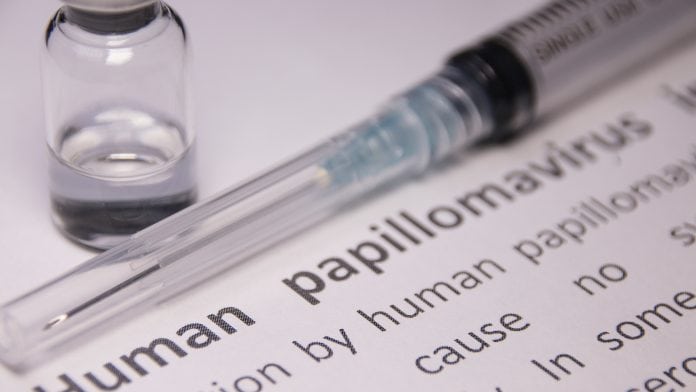
Researchers believe that high-risk HPV can be another important analytical marker that can improve cervical cancer survival rates.
The occurrence of high-risk human papillomavirus (HrHPV) in the diagnosis of invasive cervical cancer is connected to a greatly improved prognosis compared with if high-risk HPV cannot be identified in the tumour – could this affect cervical cancer survival rates?
High risk HPV
As reported by researchers at Karolinska Institutet, Sweden, HrHPV is the leading cause of cervical cancer. However, whether the presence of HrHPV in the tumour tissue is of significance to the prognosis has been unclear.
In this current study, the researchers have therefore investigated a possible correlation between the presence of HrHPV in the tumour and survival rates for cervical cancer that has spread to surrounding tissues.
Their results showed that the five-year relative survival rate for women with HrHPV-positive tumours was 74% in comparison with the female population of the same age, while it was only 54% for women with HrHPV-negative tumours.
Moreover, high risk HPV could be identified in just over 80% of the tumours.
Those who were younger and had a high socioeconomic status were more likely to be discovered through screening. They were also discovered at an earlier clinical stage than women with hrHPV-negative tumours.
From controlling age, tumour type, tumour stage at diagnosis and educational background, the researchers found, however, that women with HrHPV-positive tumours still had a much lower risk of dying than the women with HrHPV-negative tumours.
Can HPV be a marker and increase cervical cancer survival rates?
Pär Sparén, professor at the Department of Medical Epidemiology and Biostatistics, Karolinska Institutet says: “The presence of HrHPV in invasive tumour tissue is thus a strong and yet routinely accessible prognostic biomarker for the prognosis of invasive cervical cancer and could be a useful complement to the established prognostic tools currently in use”.
The underlying biological mechanisms for why the lack of detectable HrHPV in the tumour gives a much worse prognosis are unknown, therefore further studies are required to truly understand the connection and fundamentally improve cervical cancer survival rates.






















